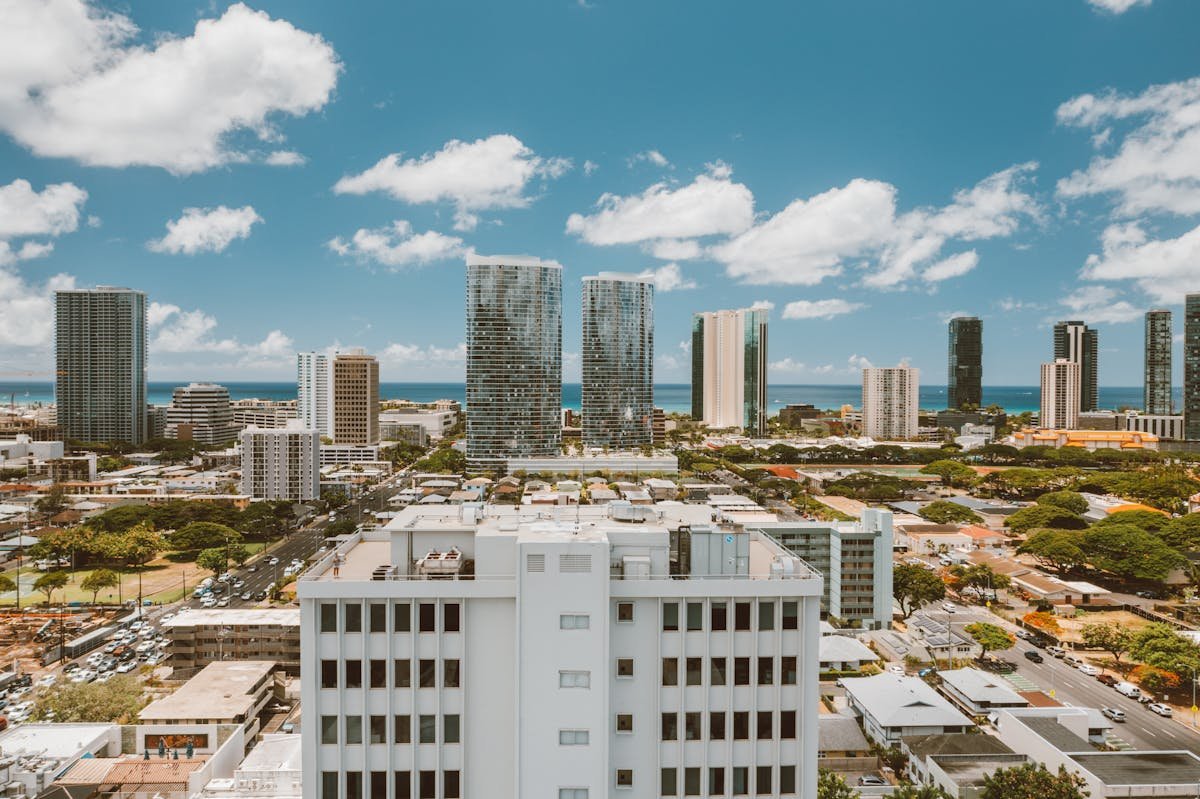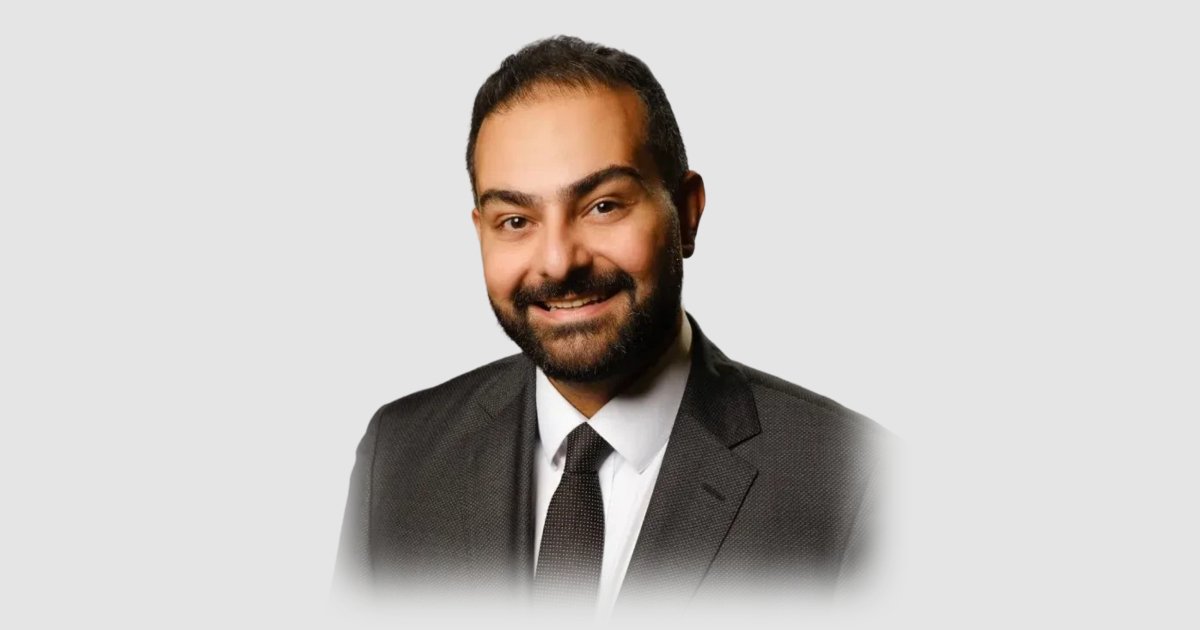Male pattern baldness, also known as androgenetic alopecia, is the most common type of hair loss in men. It usually develops gradually, typically starting with thinning of the hair on the temples and vertex. Over time, it can progress to partial or complete baldness. Although this condition is largely genetic, modern medicine offers several ways to manage and treat it. For those grappling with male pattern baldness, here are three treatment options to consider:
1. Medication
The first line of treatment for male pattern baldness often involves medication. Two FDA-approved drugs are commonly used to treat this condition:
– Finasteride: This prescription medication is an oral tablet taken once a day. It works by inhibiting the production of dihydrotestosterone (DHT), a hormone derived from testosterone that is linked to hair loss. By lowering DHT levels, finasteride can help reduce hair loss and even promote new growth in some men. However, it’s important to note that its benefits are only maintained as long as the medication is continued.
-Minoxidil: Available over-the-counter in liquid or foam form, minoxidil can be applied directly to the scalp. It works by stimulating hair growth and prolonging the growth phase of hair follicles. Minoxidil needs to be used consistently twice a day, and while it doesn’t stop hair loss permanently, it can significantly slow down the process and regrow some hair.
2. Hair Transplant Surgery
For those looking for a more permanent solution and who have sufficient donor hair, hair transplant surgery may be an option. The procedure involves removing small pieces of scalp grafts from areas where your hair is thicker and transplanting them into balding or thinning areas.
There are two main techniques for this:
– Follicular Unit Transplantation (FUT): A strip of scalp from a non-balding area is removed and divided into individual follicular units to be transplanted.
– Follicular Unit Extraction (FUE): Individual follicular units are directly harvested from the scalp without removing a strip.
Each technique has advantages depending on your specific situation, recovery expectations, and cosmetic goals.
3. Low-Level Laser Therapy (LLLT)
Low-level laser therapy uses clinical-strength laser technology to treat thinning hair and promote regrowth without surgery or drugs. Devices used in LLLT emit specific wavelengths of light intended to stimulate natural growth by increasing blood flow and nutrient delivery to the hair follicles.
LLLT devices come in various forms including combs handheld units caps and helmets allowing flexibility in how treatment is administered at home or in clinical settings.
While not all treatments work for everyone understanding your options can help you make more informed decisions when addressing male pattern baldness Consultation with healthcare professionals like dermatologists or specialized hair loss experts will provide better insights tailored specifically for your needs ensuring you choose an effective path toward managing your condition.




















